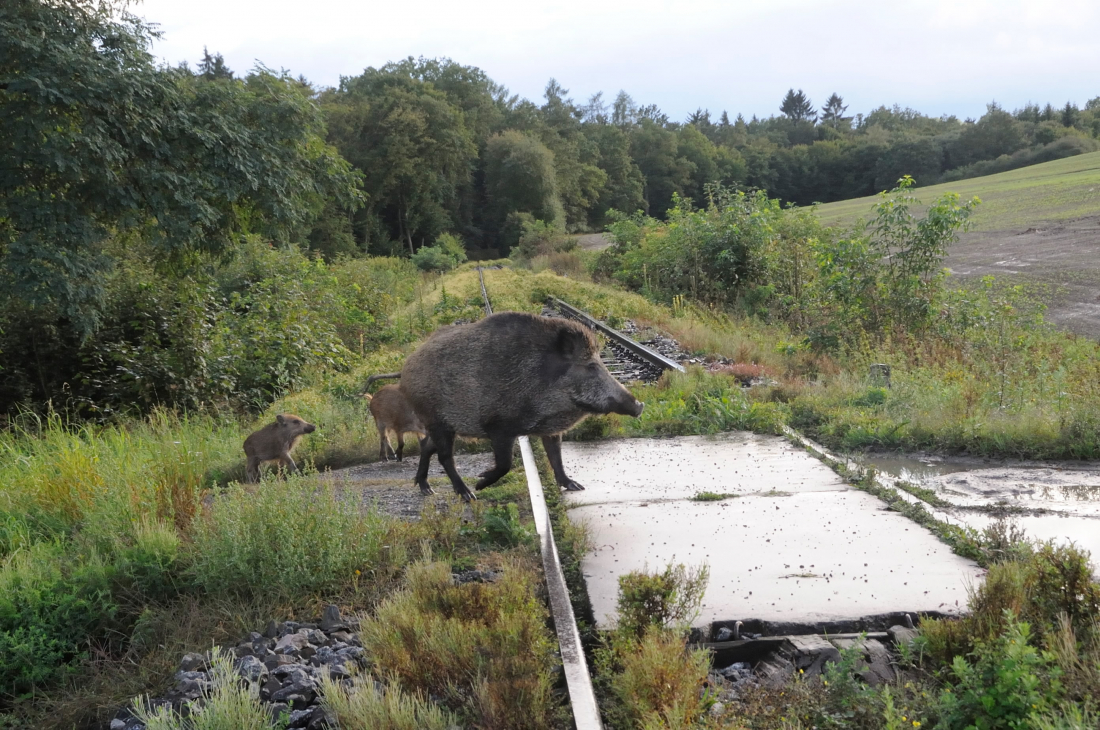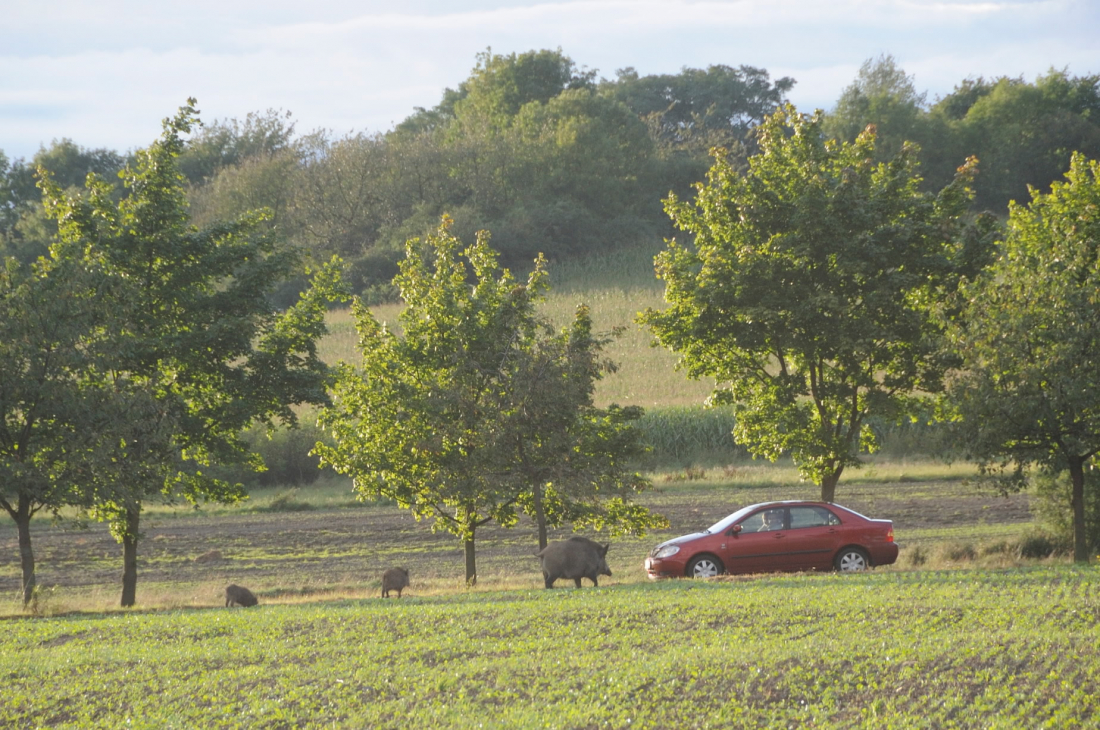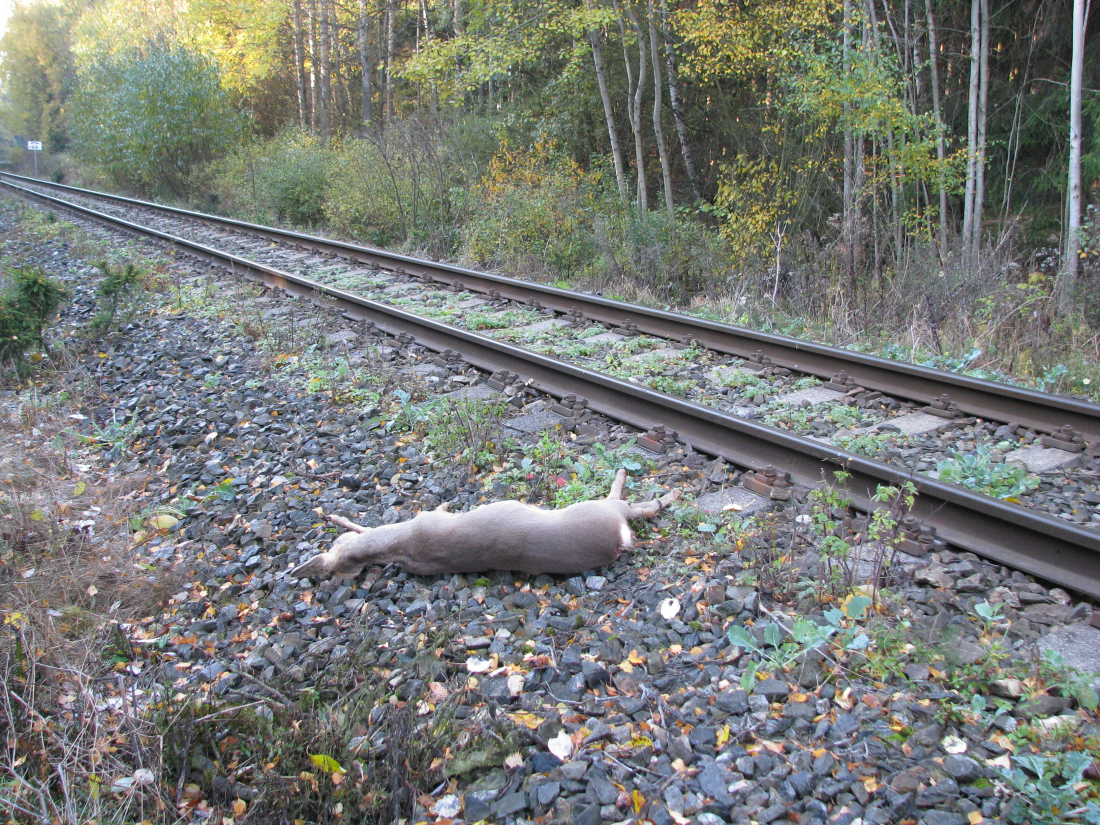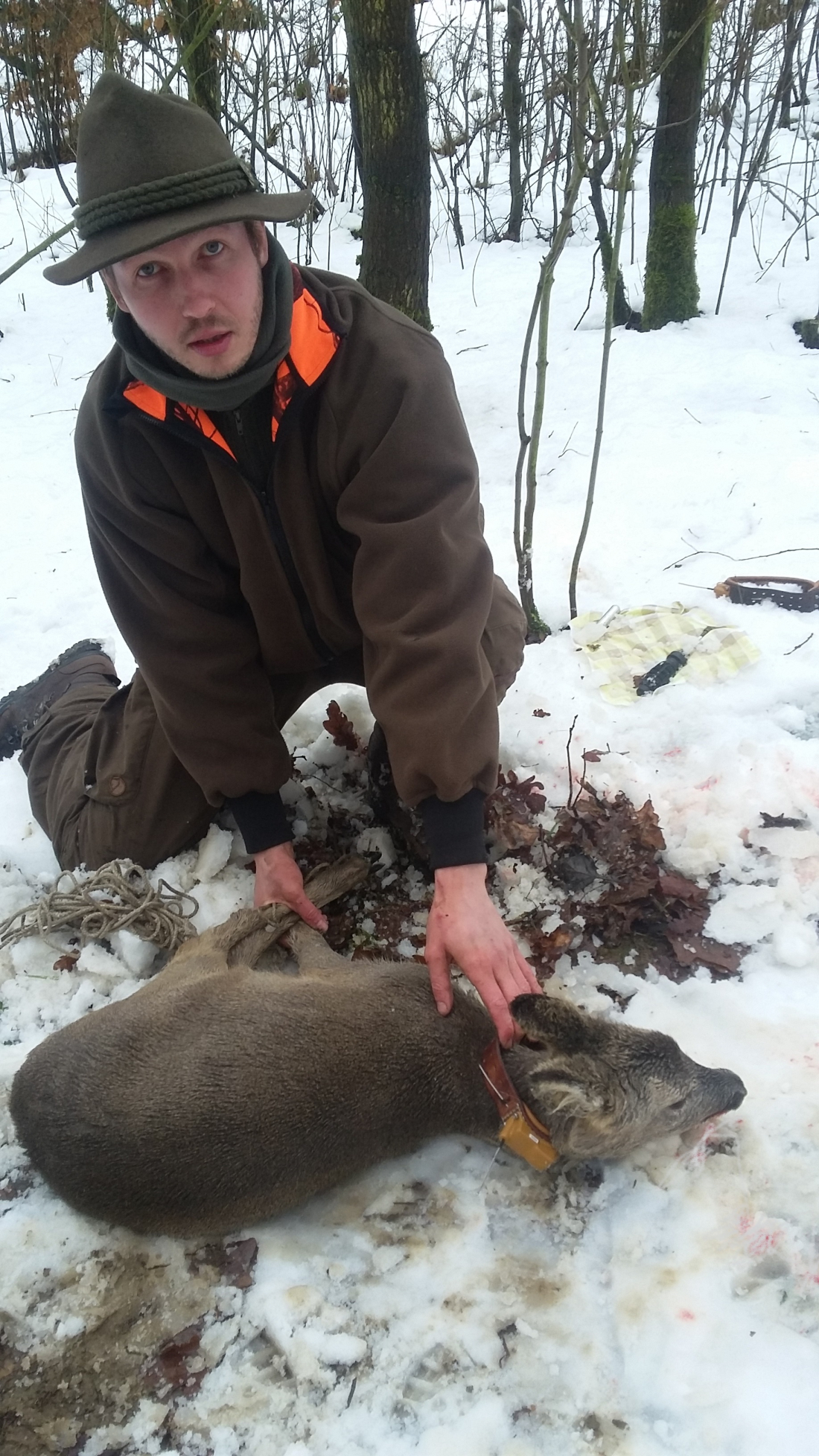At the Department of Game Management and Wildlife Biology, we are currently dealing with the very current issue of the impact of transport on game. We must always look for the objective causes of these incidents and identify the sites where they occur the most. It is very important to choose the most appropriate, i.e. financially and time-saving, as well as time-effective measure that minimizes these collisions, or at least significantly reduces them. We particularly monitor and evaluate its negative impacts, such as direct occupation and transformation of natural habitats, reduction of animal migration, fragmentation of the landscape or, as a result of frequent traffic accidents, significant game deaths. The main species we focus on in this issue are roe deer and wild boar. These are the species that are most often killed in collisions with cars and trains in the Czech Republic.
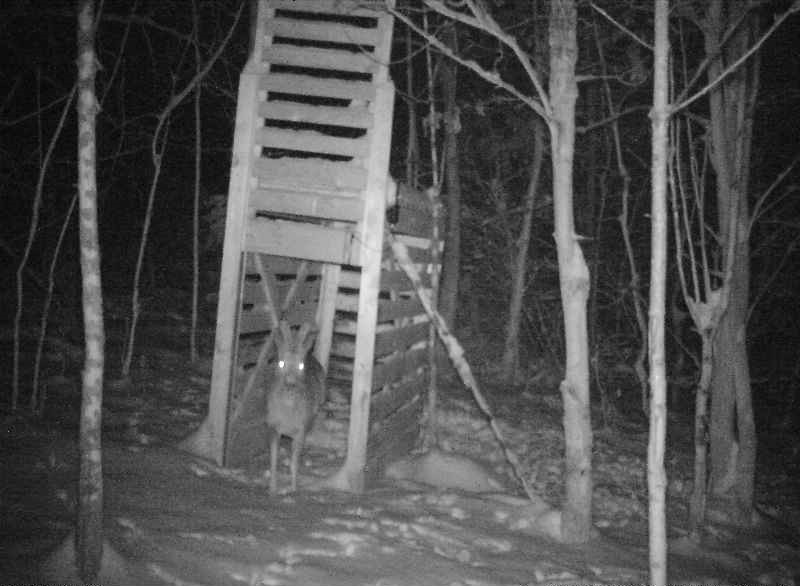
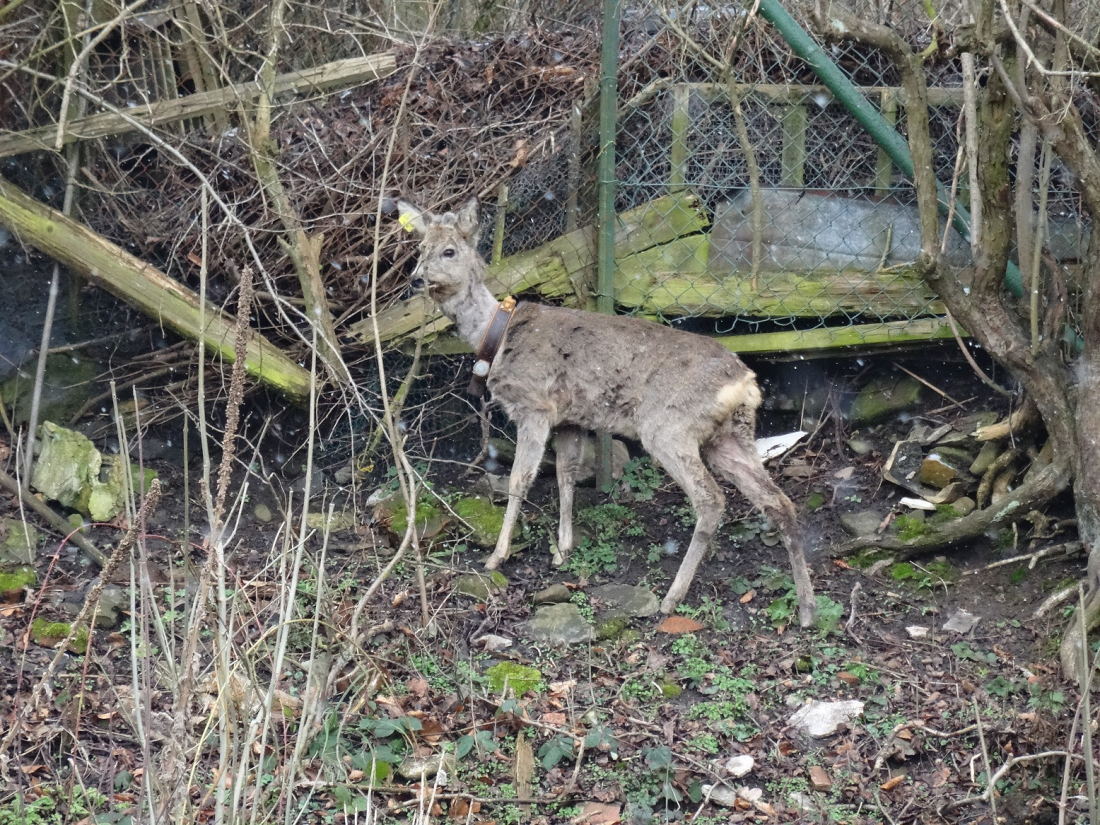
Using GPS telemetry, we monitor how these animals behave near roads, when they cross them, or whether they dare cross them at all, with regard to the type of road and the intensity of traffic. We also use camera traps for monitoring (especially when monitoring the use of game underpasses and overpasses) to determine the intensity of traffic by road radars and to monitor vegetation around the road or changes in the landscape aerial photos, which are subsequently analyzed in a GIS environment. From the data on game mortality, we evaluate when accidents occur most often in our country, both during the day and during the season. A significant part of the research is focused on monitoring the reactions of identified individuals to measures aimed at reducing the mortality of game on roads and railways. The tested measures primarily consist in odor repellents and reflectors.
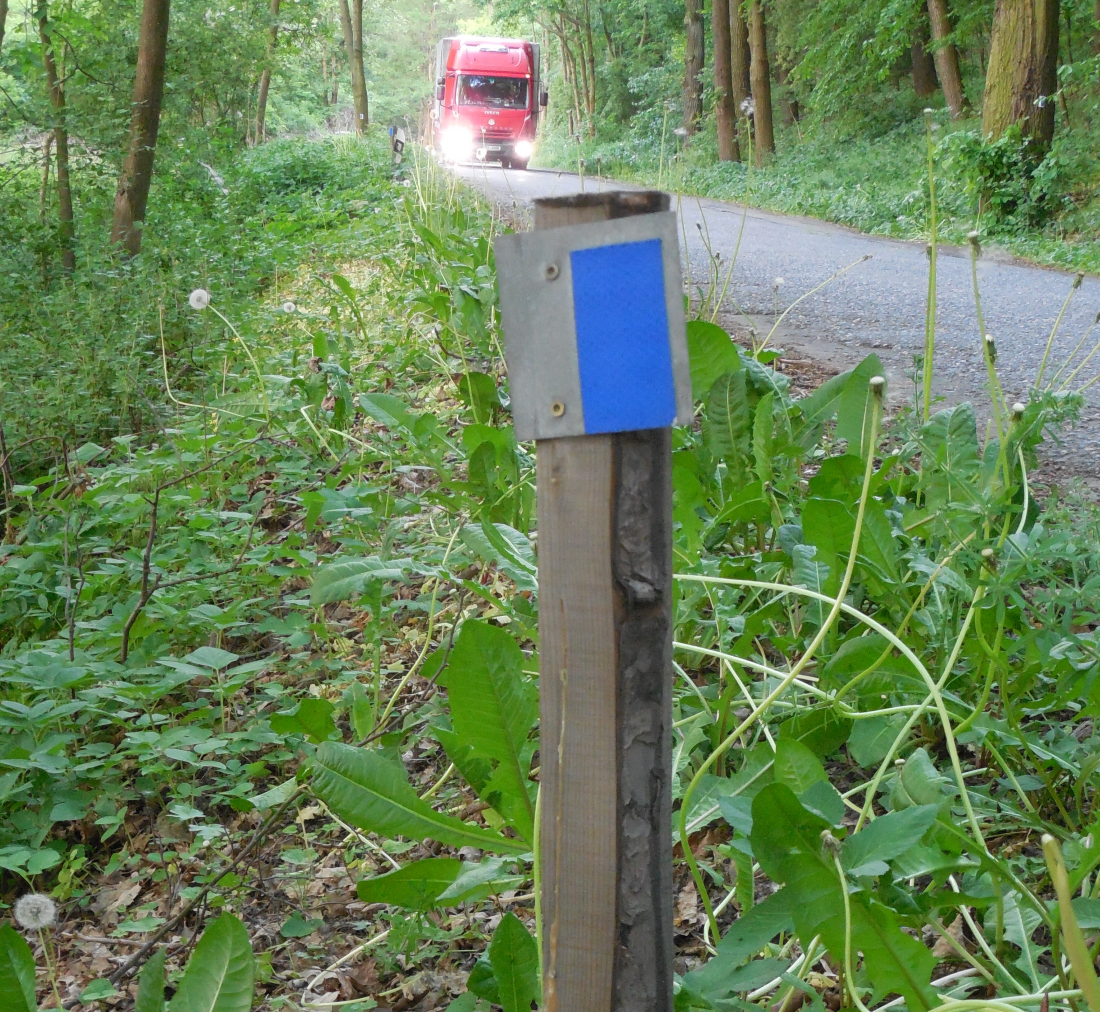
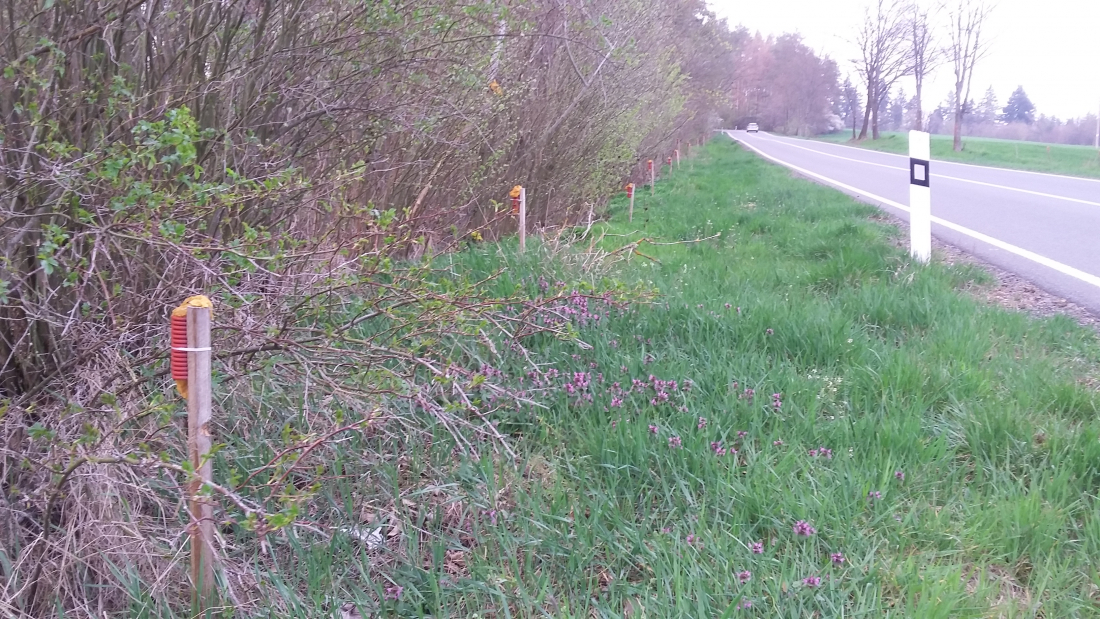
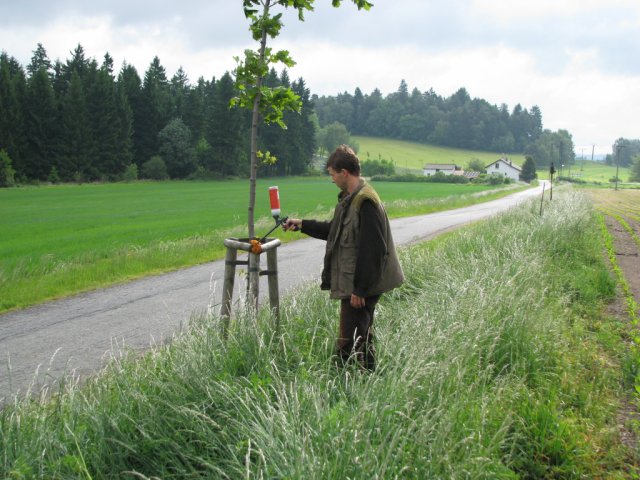
We focus on informing drivers about this issue. This is why the article "Collisions with game on roads and railways" was published. It provides a detailed description of when and where accidents occur most often, the behaviour of game near roads, how to behave on the road to avoid a collision, how to proceed when a collision occurs, and measures to reduce the number of accidents. We also try to pass on all our acquired knowledge and experience directly to hunting grounds. Especially with regard to the information obtained on the occurrence of accidents and on the behaviour of game, it is possible to apply "the right measures in the right places and at the right time".
